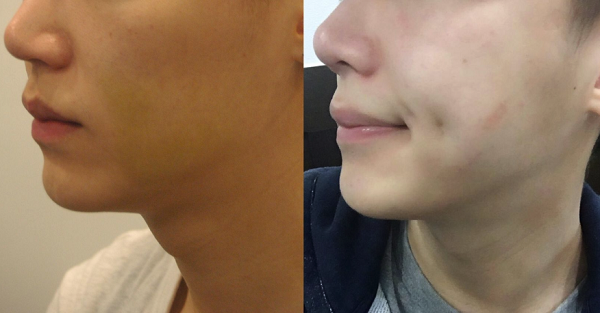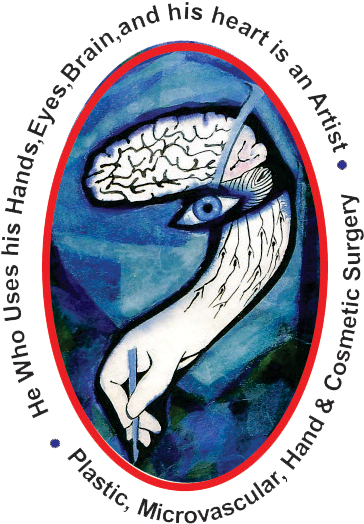Dimple Creation



Surgical steps
A dimpleplasty is performed on an outpatient basis. This means you can get the procedure done at your surgeon’s office without having to go to the hospital. You may also not need to be put under general anesthesia.
First, your doctor will apply a topical anesthetic, such as lidocaine, to the area of skin. This helps to ensure you don’t experience any pain or discomfort during the surgery. It takes about 10 minutes for the anesthetic to take effect.
Your doctor then uses a small biopsy instrument to make a hole in your skin to manually create a dimple. A small amount of muscle and fat is removed to aid in this creation. The area is about 2 to 3 millimeters in length.
Once your doctor creates the space for the future dimple, they then position a suture (sling) from one side of the cheek muscle to the other. The sling is then tied to set the dimple permanently in place.
Recovery timeline
Recovery from dimpleplasty is relatively straightforward. You don’t need to stay in the hospital. In fact, you can usually go home immediately after the surgery. Soon after the procedure, you might experience mild swelling. You can apply cold packs to reduce swelling, but it will usually go away on its own within a few days.
Most people can return to work, school, and other regular activities two days after having a dimpleplasty. Your surgeon will likely want to see you a couple of weeks after the procedure to assess the results.
Questions? We got Answers!
As with any surgical procedure, it’s important to stop blood thinning medications. If you have a history of high blood pressure, diabetes or any other medical conditions, you need to inform your doctor of this. It’s routine to have patients take oral antibiotics and use an antibacterial oral rinse before surgery. During your consultation, your doctor will review your medical and dental history as well as any current medications and supplements you may be taking.

